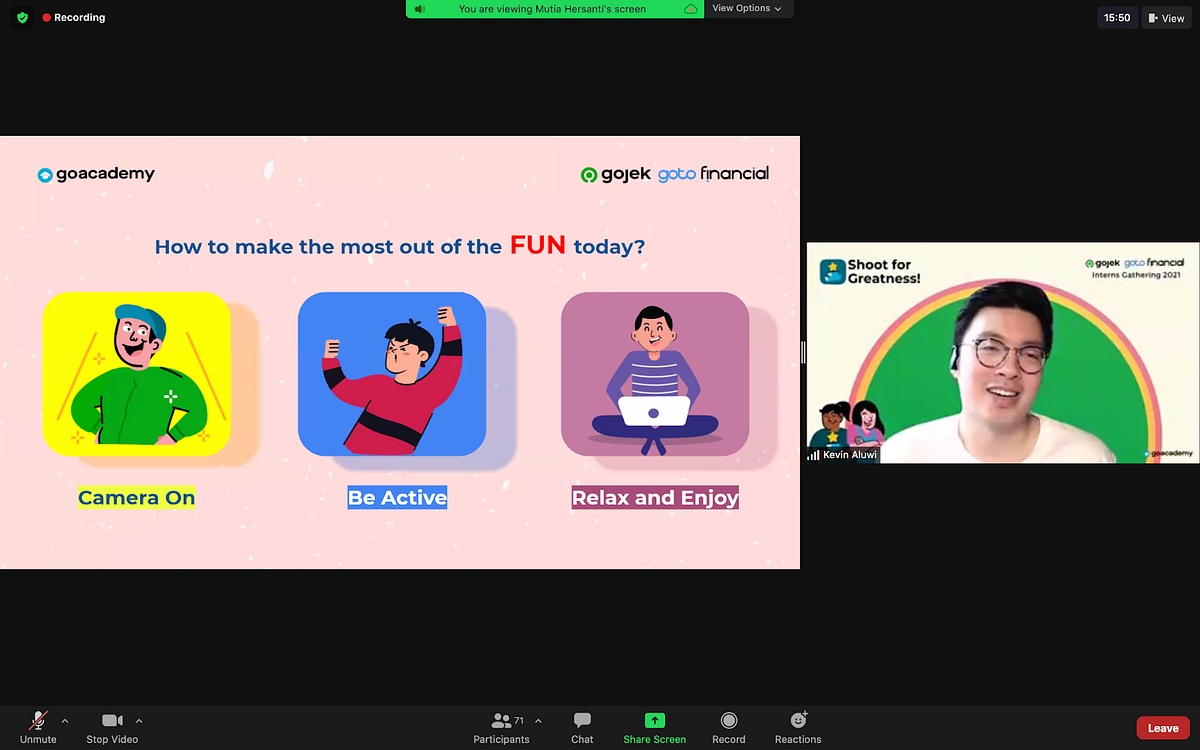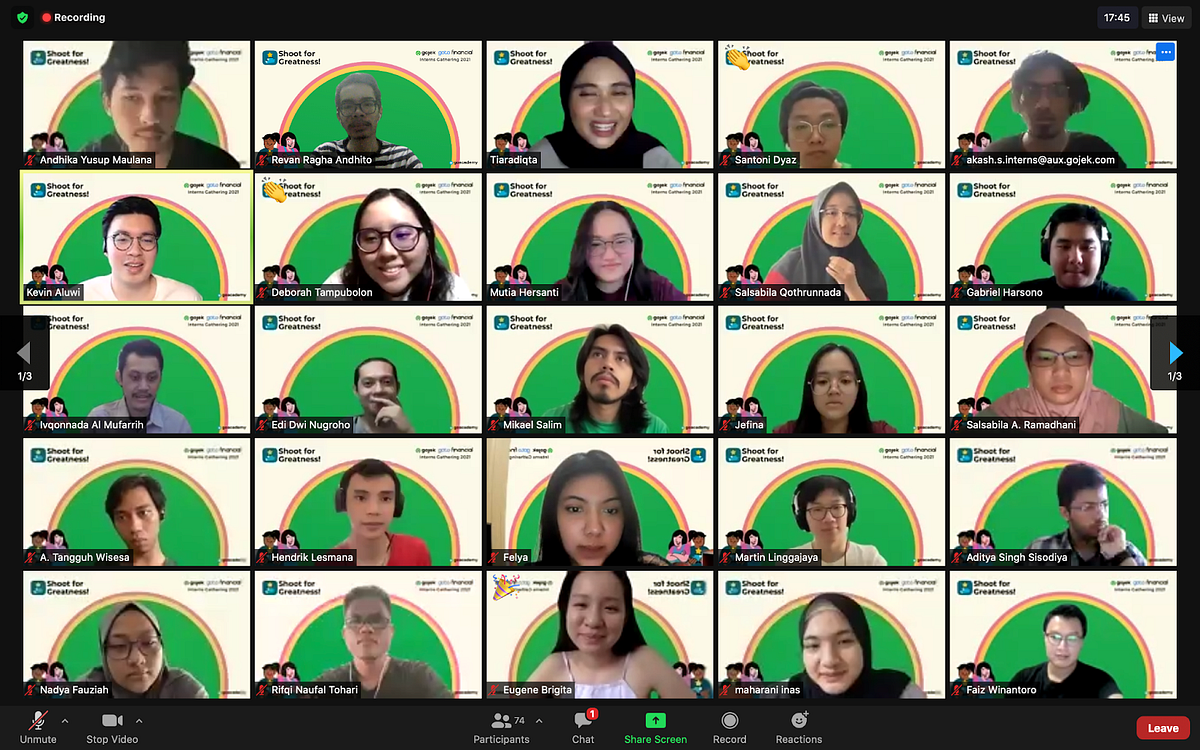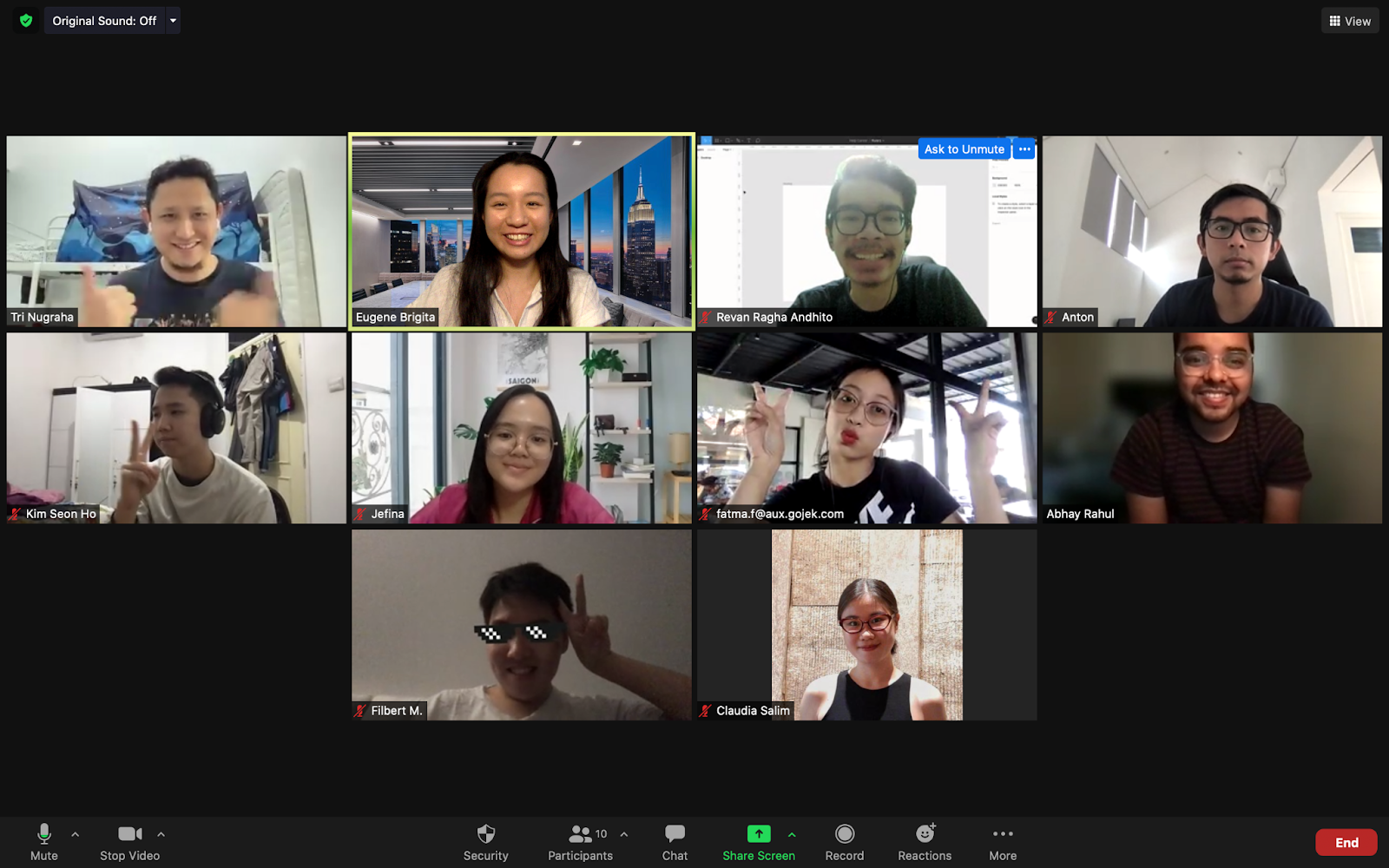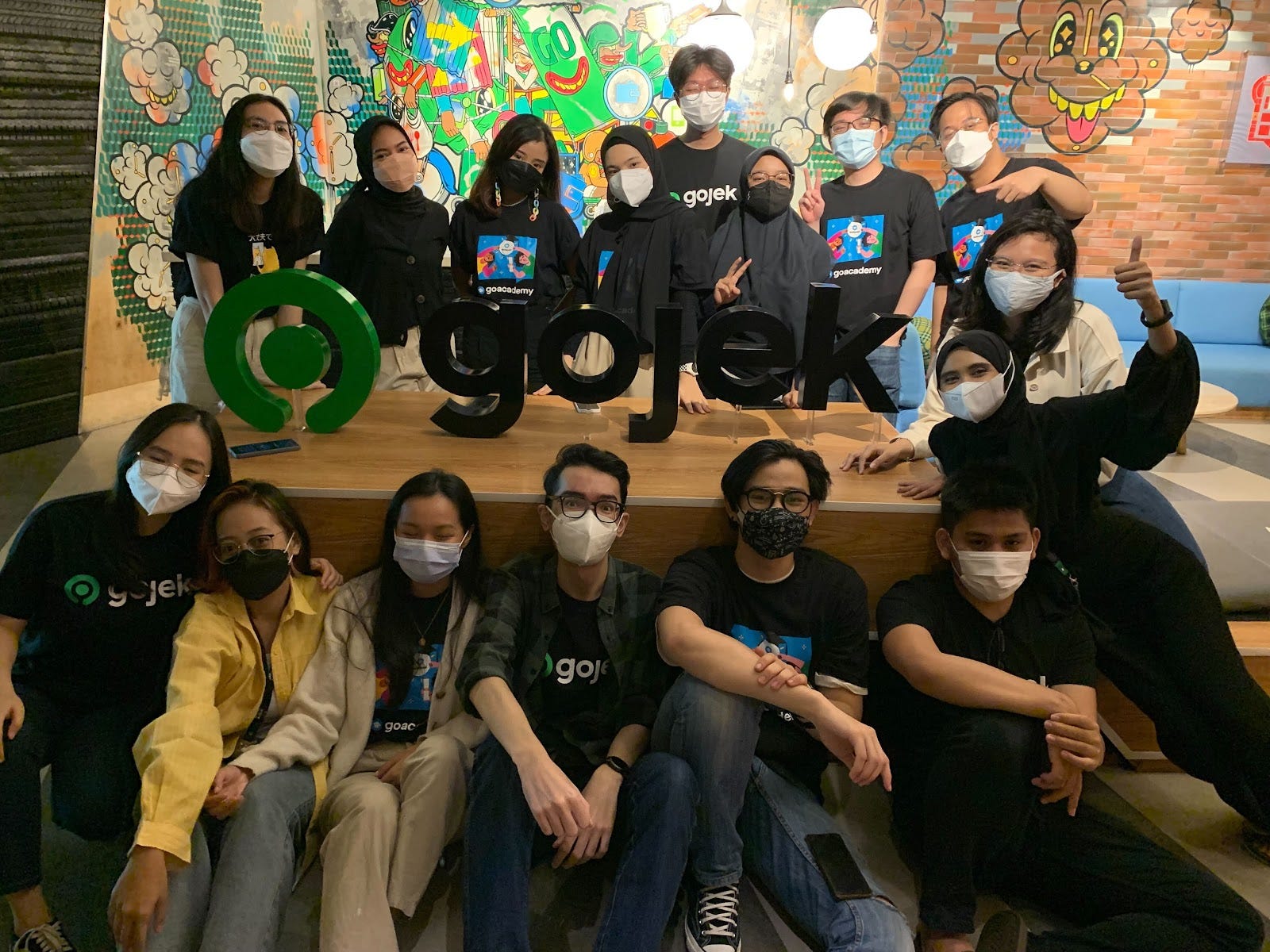What's It Like Being A Product Design Intern At Gojek?
Revan Ragha Andhito recounts his experience being a product design intern through our GoSquad 4.0 program.

How it all began
Since my time in college, I was really passionate about pursuing my career in product design. It’d always been on my bucket list to work at Gojek, because of the amazing design teams known for its amazing people, processes, and stories in product design.
In the summer of 2021, I heard the news that GoAcademy opened product design internship positions as part of GoSquad 4.0. I immediately applied, not wanting to miss this valuable opportunity. A few weeks after applying, I was reached out by the HR team to have a casual interview to tell about my interest and background. Three days later, I was informed that I can continue to the next stage which was a portfolio call with the panelists. During the portfolio call, I had to give a walkthrough of one of the UX case studies in my portfolio and explain my design thinking, problem-solving, collaboration, and design measurement process. It’s a very tough one, and I felt that I was not giving my best.
But the result was totally unexpected, I was accepted to join as a product designer intern. 🥳
Experiences
I had an incredible opportunity to work with the logistics team (who are responsible for logistics products in Gojek, such as GoSend, GoBox, GoShop, GoKilat). I was able to work closely with my manager, product designers, interaction designers, UX writers, researchers, product managers, and engineers. Throughout my internship, I have been trusted with direct involvement in designing several initiatives, and one of them was to improve voucher discovery in GoSend. It’s not easy for me, there’s a sense of worry to design something in an app as big as Gojek. But it’s also exciting being able to see the designs and flows that I made, directly in the Gojek app.


My own scope of work revolves around the end-to-end design process, starting from creating initial ideas & sketches, observing in research fieldwork, analyzing research reports, creating wireframes, keeping track of the design and copywriting work with interaction designers and UX writers, cross-checking design implementation on the developed feature, monitoring the impacts, attending daily stand up meetings, participating in design reviews session, and many others. The interesting thing is that all of these activities are done remotely from our own houses and with different time zones, but we can still do it smoothly and effectively.
During the internship, the GoAcademy team also provided the interns with a bunch of training, workshops, gathering, and sharing sessions to enrich our knowledge. We were able to meet our CEO, Kevin Aluwi, in one of the gatherings. He suggested that we have to be proactive, curious, and ask a lot of questions during the internship.



Along with me, Eugene, Taf, Jefina, Filbert, and Abhay as interns who are part of the design team, we took the initiative to hold weekly catchup to share our experiences, struggles, or just to chill. Sometimes we also invited other employees from the design team to join the session to share their experiences or some advices. It was delightful to finally meet these amazing people and hear their stories, as well as broaden my connections.

As interns, we are responsible to plan what learnings & goals we want to achieve from the internship. It is very helpful so that we can know what we should do to improve our career and personal development in a structured manner. Through the work & responsibilities that I do every day, I can learn many things that can be useful to improve both my hard skills and soft skills.
Here are some valuable takeaways and lessons that I learned during my 6-months internship.
1. Understand the problem we are solving
Being an intern or a junior we are used to accepting any brief requested by our superiors (manager or PM). Of course, that’s not wrong. But as a good designers, we need to understand the brief and the problem first before jumping into the solution. Don’t be a “Yes-Man” who agrees and accepts all orders. Moreover, we need to understand the pain points, behavior, and needs of our users by analyzing research reports, analyzing data analytics, or also being directly involved in research fieldwork to understand which problem is worthy to solve.
2. Collaborate with others & actively seek feedback
Sometimes designers work in silos that we forget that we're not the only ones developing the product. Collaboration becomes really important here, it can be with PM, researchers, engineers, business, marketing, and also other designers from other product development groups. Always consider that our design can affect others too. Try to always loop other stakeholders in our works, be open and actively seek feedback. Collaborating with others can bring fresh perspectives and expand our horizons in thinking of different solutions.
3. Have proper written documentation & share it with relevant stakeholders
There are a lot of meetings and discussions during the collaboration process. Most of my time is spent solving problems and dealing with the many changes, iterations, and decisions that keep coming. There is no guarantee that we will always remember every detail of information in our heads. Sometimes people may take it for granted, but proper written documentation will be helpful as our single source of truth. It can be in the form of an MoM or Product Design specs document. I’m getting used to documenting all the things properly to prevent myself from forgetting. And lastly, that documentation needs to be shared with relevant stakeholders so that everyone is well-informed and can easily refer to that document.
4. Design as explicitly as possible
When I was working on one project, there was a moment when it seemed that I didn’t have to explain certain parts of the design and assumed that the engineers would understand. Of course not, don’t assume everyone will understand from a designer’s point of view.
Every detail in the design that we make needs to be explained and designed as explicitly as possible, such as figuring out all edge cases, defining the transition or interaction of a page, defining the logic or the timing of particular components, etc. Every little detail in a design is important, so it needs to be thought out carefully and with solid justification.
5. It’s okay to not know everything
It’s great to be surrounded by so many talented people, but it can also be intimidating. I felt a little under pressure because they are so competent and experienced, I get really excited to know everything and try not to look stupid. Truth is, if we do not understand something, don’t hesitate to ask for more explanation. It’s okay to not know everything if someone asks you certain questions during a meeting or design walkthrough session. If we don’t have the answer at that time, we can simply say “I will get back to you again for the answer”. It is better than giving an incorrect answer.
6. Communication is more than just talking and hearing
Before we want talk to someone always set the context and the expectations clearly. It is a good idea to define what we expect from the stakeholders and what they expect from us. By managing expectations it will prevent future conflicts because both parties will know where they stand together.
As product designers, we become the advocate to fight for our users to other stakeholders and get the buy-in from them for the design we propose. To be honest, it’s not that easy for me to convince someone. It’s important to have the appropriate communication & stakeholder management strategy — know what’s valuable for them, talk from their perspective, use a certain tone of voice while talking, and also convince them with the proper thought process, data, and user research. It’s better to show, don’t tell.
A̶ ̶p̶i̶c̶t̶u̶r̶e User flows & prototype are worth a thousand words.
I am really happy and grateful to have had this opportunity. It’s been a memorable internship experience at Gojek. Thanks to the Gojek Design Team, Logistics Team, and GoAcademy Team, I had fun and gained a lot of knowledge, experience, skills, and was able to meet a lot of amazing people. My journey doesn’t end here, I am grateful to be given the opportunity to continue as a full-time employee and be able to explore many great things in the future.
Bonus! (Visiting Gojek HQ)
Since the internship was fully remote, we’re excited to visit Gojek HQ in Jakarta. Finally, we can meet some faces in real life and get around to feeling the vibe of working there (even though we just had the chance to visit on the last day of the internship). It was lit!


To read more stories, click here.
To be a part of the story, check out open job positions below:

